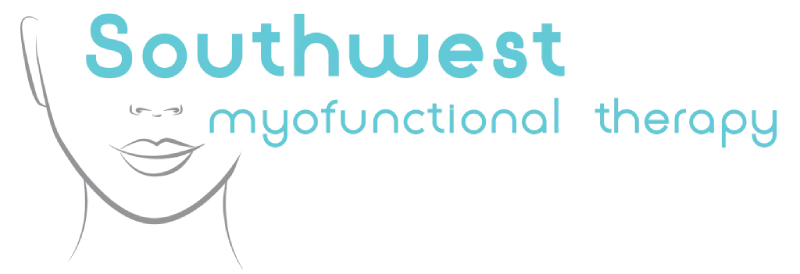Discussing tongue thrust – what it is and how myofunctional therapy can help, part 4
Posted by Sandraluz Gonzalez Feb 13, 2023

This post is the fourth in a series on tongue thrust and how myofunctional therapy can help treat it. If you haven’t read parts 1-3 yet, I recommend you do before continuing.
Symptoms of tongue thrust (continued)
Furthermore, all of the air flowing through the mouths of mouth breathers causes their saliva to dry. As saliva dries it becomes more acidic, which accelerates the erosion of enamel and leads to chronic cavities. This also leads to uncomfortable dryness of the mouth and throat (often noticed when the patient first awakes in the morning), gingivitis, inflamed tonsils, tonsil stones, and halitosis.
Clenching and grinding
Recent research has demonstrated the interconnected nature of OMDs like tongue thrust with clenching and grinding and upper airway resistance syndrome (UARS). When the tongue has improper resting posture, the airway can become partially restricted during sleep. These symptoms are particularly serious when found in children, as they can affect the development patterns of the child’s upper airway, damage teeth leading to chronic cavities, and contribute to TMD later in life. Grinding in adults during sleep is often indicative of sleep interruptions caused by UARS or OSA (obstructive sleep apnea).
Exacerbation of TMD and OSA
Tongue thrust and other OMDs can contribute to or exacerbate the symptoms of both temporomandibular joint disorder (TMD) and obstructive sleep apnea. In recent years, this has become a highly researched topic, and there is still a lot about these systems and their connections that we don’t yet understand. However, studies have made it clear that proper posture, strength, and development of the muscles of the tongue, jaw, mouth and throat are critical to the treatment of these conditions.
Check back soon for Discussing tongue thrust – what it is and how myofunctional therapy can help, part 5. In the meantime, check out our page on treating tongue thrust and other OMDs.
Office Hours
MON - THU8:30 am - 5:00 pm
FRI - SUNBy appointments only





